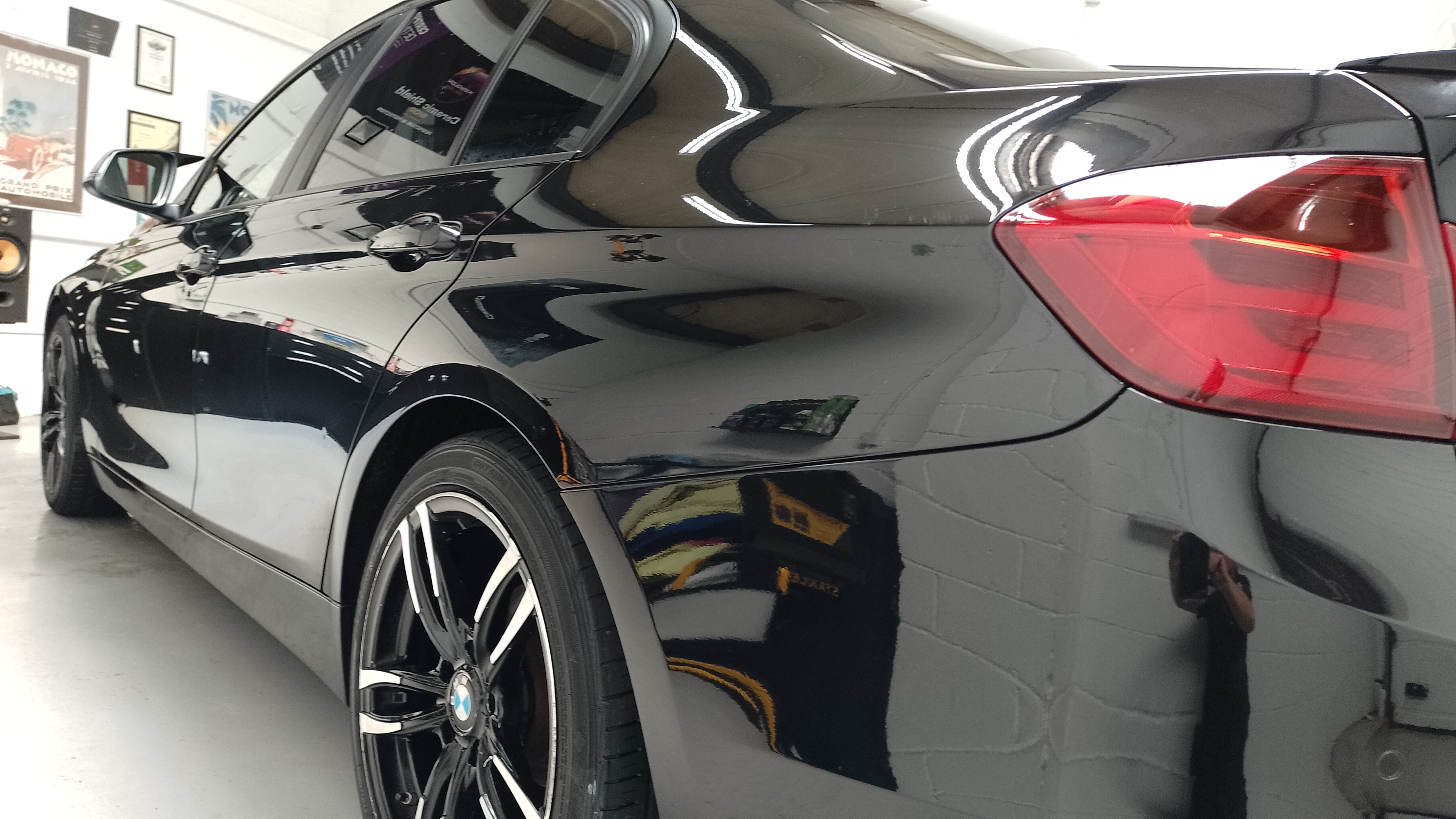Introduction:
As car enthusiasts, we often invest significant time and money into maintaining the appearance of our vehicles. Car paint protection products play a crucial role in preserving the beauty and longevity of the paintwork.
In the United Kingdom, there are various types of protection products available, each with its own set of benefits and drawbacks. In this article, we will delve into the world of car paint protection, exploring waxes, sealants, ceramic coatings, and graphene coatings, highlighting the pros and cons of each.
Waxes:
Waxes have long been a popular choice for car enthusiasts due to their ease of application and glossy finish. They typically contain natural carnauba wax, which provides a warm glow and enhances the depth of the paint. Here are the pros and cons of using waxes:
Pros:
Enhances gloss and depth of paint.
Provides a sacrificial barrier against UV rays, oxidation, and minor scratches.
Easy to apply and remove.
Cost-effective compared to other options.
Cons:
Limited durability; requires frequent reapplication (every few months).
Vulnerable to heat, rain, and harsh detergents.
Limited protection against chemical contaminants.
Example: Meguiar’s Gold Class Carnauba Plus Wax
Sealants:
Sealants are synthetic polymer-based products designed to offer longer-lasting protection than waxes. They bond chemically with the paint surface, forming a durable shield. Consider the following pros and cons of sealants:
Pros:
Longer durability than waxes (6-12 months).
Superior protection against UV rays, oxidation, and chemical contaminants.
Easy application and removal process.
Provides a high-gloss finish.
Cons:
Can have a slightly synthetic appearance compared to waxes.
May require multiple layers for optimal results.
Less effective against heavy scratches or swirl marks.
Example: ANGELWAX TI-22
Ceramic Coatings:
Ceramic coatings, also known as glass or quartz coatings, have gained significant popularity in recent years. These coatings create a semi-permanent bond with the paint surface, offering remarkable protection. Explore the pros and cons of ceramic coatings:
Pros:
Exceptional durability, lasting up to 2-5 years.
Superior protection against UV rays, oxidation, chemical contaminants, and minor scratches.
Hydrophobic properties repel water and dirt, making maintenance easier.
Provides a deep, reflective gloss.
Cons:
Requires meticulous surface preparation and professional application.
Relatively expensive compared to other options.
Difficult to remove once applied.
Example: Gtechniq Crystal Serum Light
Graphene Coatings:
Graphene coatings represent the cutting edge of paint protection technology. Graphene, a thin layer of carbon atoms, offers incredible strength and versatility. Here are the pros and cons of graphene coatings:
Pros:
Unparalleled durability, with some products claiming a lifespan of up to 10 years.
Exceptional protection against UV rays, oxidation, chemical contaminants, and scratches.
Hydrophobic properties for easier maintenance.
Provides a high-gloss, mirror-like finish.
Cons:
Limited availability and higher price point compared to other options.
Professional application and surface preparation are recommended.
Removal can be challenging and time-consuming.
Example: Simamik Lustrous
Conclusion:
Choosing the right car paint protection product for your vehicle requires careful consideration of your needs, preferences, and budget. Waxes, sealants, ceramic coatings, and graphene coatings each offer unique advantages and drawbacks. Waxes provide an affordable and easy-to-use option, while sealants offer extended durability. Ceramic coatings and graphene coatings deliver superior protection and longevity, albeit at a higher cost. Ultimately, the choice depends on the level of protection and the desired aesthetics you seek for your beloved car.
If you would like any more info about the range of car care products & services available then please visit 3D Detailing

Leave a comment